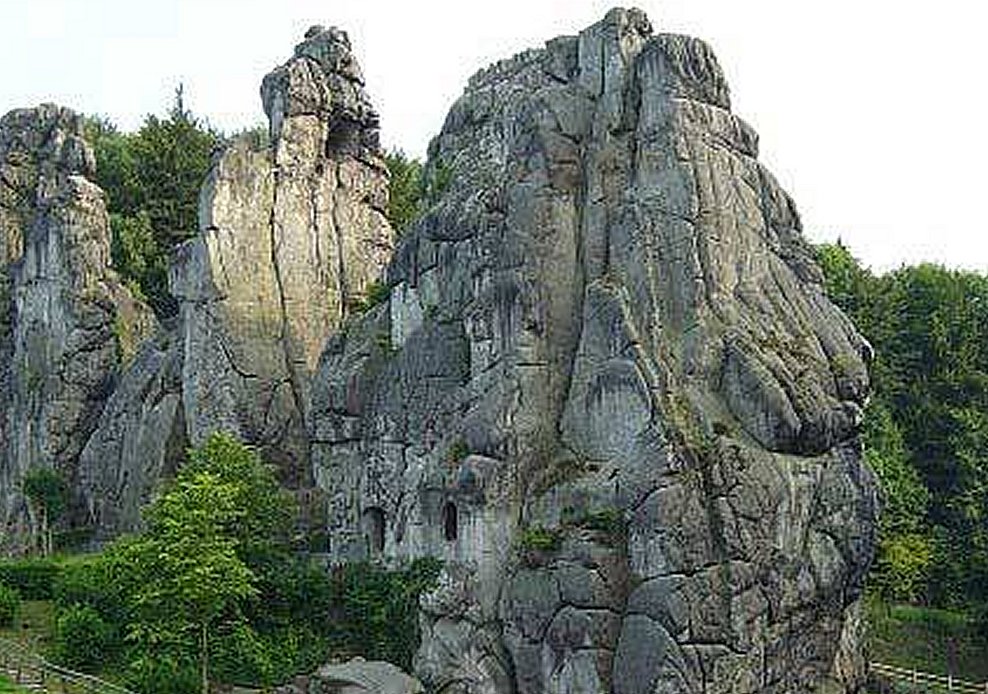Bizarre Towering Pillars Of Externsteine: Myths, Legends And Sacred Rituals From Times Long Gone
AncientPages.com - Made of oddly twisted limestone rocks, Externsteine is located in the Teutoburg Forest north of the Rhine in Germany.
Externsteine is associated with heroic myths and legends about brave warriors of times long gone. Related to Scandinavian Eddas and Hitler’s persistent Aryan myth, the Teutonic cult center Externsteine, was also believed to be the site of the famous Yggdrasil - World Tree.
In the 1920s and 30s, the Nazi party used the Externsteine as the symbol of the German identity, but the history and importance of this sacred place goes much further back in time.
According to popular belief, the stones were placed there, at night by giants and they were there burned by the devil, which explains their grotesque and even scary appearance.
This spiritual sanctuary - with sharply outlined against the sky, uneven pillars, about 30 meters high - was once the subject of a fierce battle between the followers of pagan deities and the Christian monks.
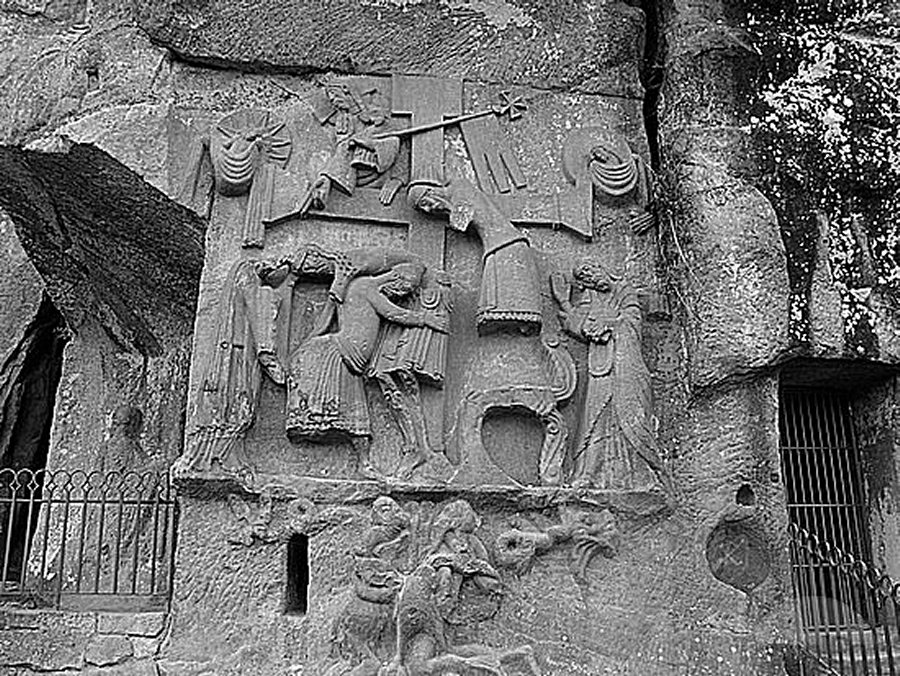
Externsteine - early Christian rock carving - "The descent from the Cross dated to about 9th century.
In the spiritual tradition of the Germanic people, Externsteine played an important role similar to that of Stonehenge in England.
The Teutoburg Forest is surrounded with many prehistoric secrets and so is Externsteine bizarre rocky cluster.
All that is known about this place, especially its origin and meaning, turned out to be deceptive and uncertain. One theory has it, the site was used to many performed in the Stone Age; another suggests its religious functions date back no further than the 12th century.
Amongst tall rock outcrops, there are seen strange appearances of human faces and, mysterious shapes of mythical dragon-like creatures, all apparently formed accidentally by the cracks, fissures and bulges of the rocks.
The Externsteine rocks are about 70-million-year-old sandstone spires with the remainsof a temple still recognizable on the top. This temple has definitely astronomical purpose because its rounded small windows slign with the sun and moon during the summer solstice.
According to astronomers, a part of the stones were used as an observatory.
There are also chambers, caverns and secret passages, later enlarged and modified by successive generations. There are niches, platforms and stairs leading to nowhere. No one can say, when the rocks were modified into the group of sanctuaries, tunnels and dead-end stairs.
In some of the chambers, researchers found several burn marks and dated to about 700 AD. About this time, the Externsteine was used by the non-Christian Teutonic people, but nothing is known about the motivation that brought these people to the site.
An opening in one of the chambers, is aligned to the midsummer sunrise, and on this particular morning, the sun’s rays directly illuminate a very ugly and mysterious face on the rear wall.
Many people who looked at this face, have a distinct feeling that the whole scenery has nothing to do with the medieval church and its activities but goes far back in time, many centuries before the Hellenistic Age had its beginnings.
While this curious face is unrecognizable, there are other features confirming that at the Externsteine, the ancient Celts once created an important sacred site and later, when the Celts left, the Teutonic people lived in the Teutoburg Forest; they added other features to the Externsteine.
Why is the place called "Externsteine"? No one knows; however, some researchers suggest it probably comes from the name of a neighboring mountainous area - "Egge", which means "the stone of Egge". There is also the first documented reference to this fascinating sacred place in old German texts dated to 1093 AD, which say it calls the "Agisterstein" - "the stone with the dragon cave".
Copyright © AncientPages.com All rights reserved. This material may not be published, broadcast, rewritten or redistributed in whole or part without the express written permission of AncientPages.com
Expand for referencesReferences:
A. Gazin-Schwartz, C.J. Holtorf, Archaeology and Folklore
A. Kaulins, Stars, Stones and Scholars
More From Ancient Pages
-
 Is This The Earliest Evidence Of First Human Language?
Archaeology | Mar 12, 2018
Is This The Earliest Evidence Of First Human Language?
Archaeology | Mar 12, 2018 -
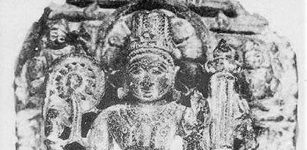 Dwarka – Pre-Harappan City That Could Rewrite The History Of The World
Civilizations | Aug 19, 2014
Dwarka – Pre-Harappan City That Could Rewrite The History Of The World
Civilizations | Aug 19, 2014 -
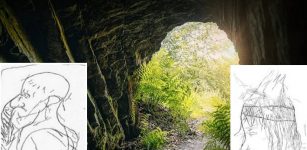 Are The Baffling La Marche Cave Paintings Authentic Or Cunning Forgeries?
Featured Stories | Sep 14, 2020
Are The Baffling La Marche Cave Paintings Authentic Or Cunning Forgeries?
Featured Stories | Sep 14, 2020 -
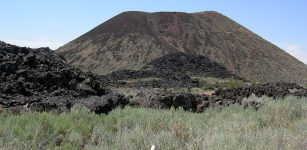 Something Surprising Happened With Temperature Since The Start Of The Holocene – New Study
Archaeology | Oct 10, 2022
Something Surprising Happened With Temperature Since The Start Of The Holocene – New Study
Archaeology | Oct 10, 2022 -
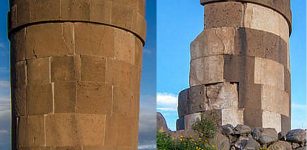 Image Of The Day: Huge, Cylindrical Chullpa Tombs Of Sillustani, Peru
Civilizations | Sep 8, 2015
Image Of The Day: Huge, Cylindrical Chullpa Tombs Of Sillustani, Peru
Civilizations | Sep 8, 2015 -
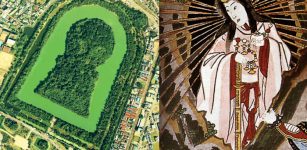 Mysterious Kofun – Ancient Japanese Tombs Were Aligned Towards The Rising Sun And Goddess Amaterasu – Satellite Images Reveal
Archaeology | Jan 20, 2022
Mysterious Kofun – Ancient Japanese Tombs Were Aligned Towards The Rising Sun And Goddess Amaterasu – Satellite Images Reveal
Archaeology | Jan 20, 2022 -
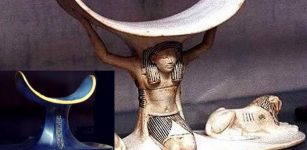 Why Did Ancient Egyptians Use Pillows Made Of Stone?
Ancient History Facts | Jun 18, 2018
Why Did Ancient Egyptians Use Pillows Made Of Stone?
Ancient History Facts | Jun 18, 2018 -
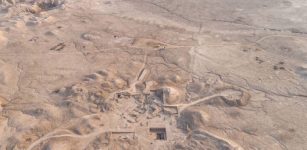 4,500-Year-Old Sumerian Palace Discovered In The Ancient City Of Girsu
Archaeology | Feb 20, 2023
4,500-Year-Old Sumerian Palace Discovered In The Ancient City Of Girsu
Archaeology | Feb 20, 2023 -
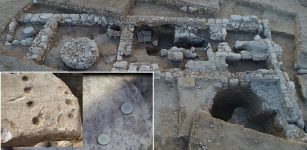 1,200-Year-Old Soap ‘Factory’ Unearthed In Beduin City Of Rahat In Israel
Archaeology | Aug 18, 2020
1,200-Year-Old Soap ‘Factory’ Unearthed In Beduin City Of Rahat In Israel
Archaeology | Aug 18, 2020 -
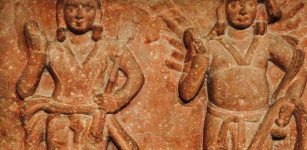 Agni: Hindu God Of Divine Illumination And One Of The Three Supreme Deities Of Vedic Lore
Featured Stories | May 3, 2018
Agni: Hindu God Of Divine Illumination And One Of The Three Supreme Deities Of Vedic Lore
Featured Stories | May 3, 2018 -
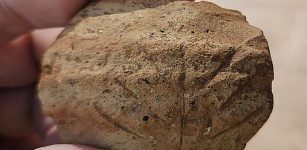 Intriguing Fragment Of A Byzantine-Era Jar Handle, Dating Back Approximately 1500 Years – Unearthed
Archaeology | Sep 5, 2023
Intriguing Fragment Of A Byzantine-Era Jar Handle, Dating Back Approximately 1500 Years – Unearthed
Archaeology | Sep 5, 2023 -
 Mystery Of The Neanderthals – Search For Traces Of Neanderthals’ Lives And Hints Of Their Demise
Archaeology | Sep 26, 2022
Mystery Of The Neanderthals – Search For Traces Of Neanderthals’ Lives And Hints Of Their Demise
Archaeology | Sep 26, 2022 -
 Earliest Evidence For Domestic Yak – Revealed By Ancient DNA And Archaeology
Archaeology | Dec 15, 2023
Earliest Evidence For Domestic Yak – Revealed By Ancient DNA And Archaeology
Archaeology | Dec 15, 2023 -
 Incredible Ancient Extinct World Of Unknown Organisms Discovered
Evolution | Jun 8, 2023
Incredible Ancient Extinct World Of Unknown Organisms Discovered
Evolution | Jun 8, 2023 -
 10 Remarkable Ancient Indian Sages Familiar With Advanced Technology And Science Long Before Modern Era
Featured Stories | Oct 19, 2015
10 Remarkable Ancient Indian Sages Familiar With Advanced Technology And Science Long Before Modern Era
Featured Stories | Oct 19, 2015 -
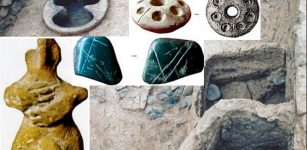 Shengavit Of Kura Araxes Culture: One Of Armenia’s Historical Sites Inhabited Since At Least 3200 BC
Civilizations | Apr 13, 2021
Shengavit Of Kura Araxes Culture: One Of Armenia’s Historical Sites Inhabited Since At Least 3200 BC
Civilizations | Apr 13, 2021 -
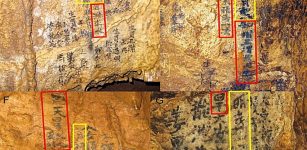 ‘Graffiti’ Found On The Walls Of Dayu Cave, China
News | Aug 25, 2015
‘Graffiti’ Found On The Walls Of Dayu Cave, China
News | Aug 25, 2015 -
 Sumerian King List – Ancient Record Of Kingship That Has Long Been Of Great Interest
Artifacts | Jan 22, 2016
Sumerian King List – Ancient Record Of Kingship That Has Long Been Of Great Interest
Artifacts | Jan 22, 2016 -
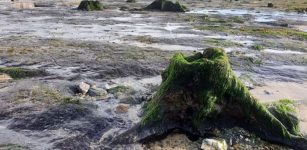 Amazing Prehistoric Forest Submerged Under Water Thousands Of Years Ago Re-Emerges On Welsh Beach
Archaeology | Nov 11, 2022
Amazing Prehistoric Forest Submerged Under Water Thousands Of Years Ago Re-Emerges On Welsh Beach
Archaeology | Nov 11, 2022 -
 Modern Humans Used Favorable Climatic Conditions On Their Long Way From Africa To Europe
Archaeology | Oct 20, 2020
Modern Humans Used Favorable Climatic Conditions On Their Long Way From Africa To Europe
Archaeology | Oct 20, 2020



